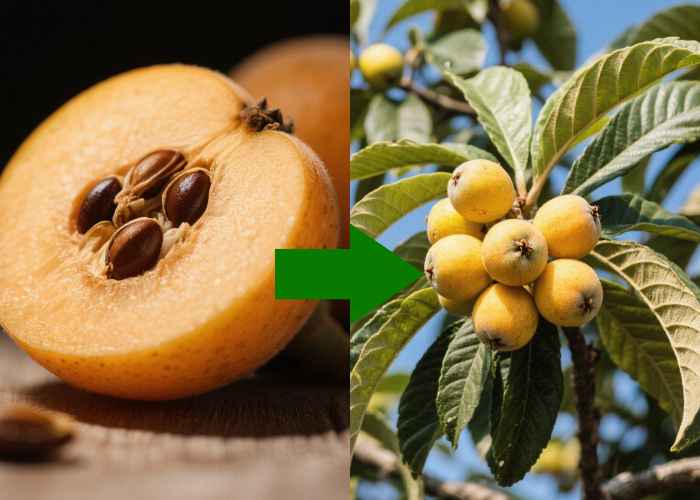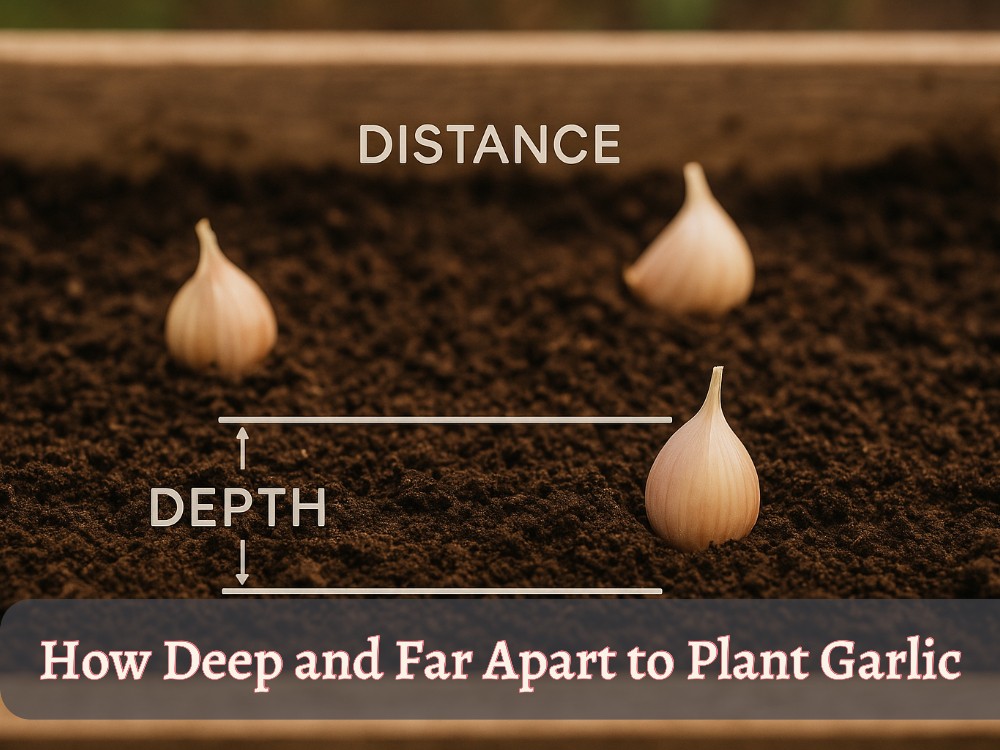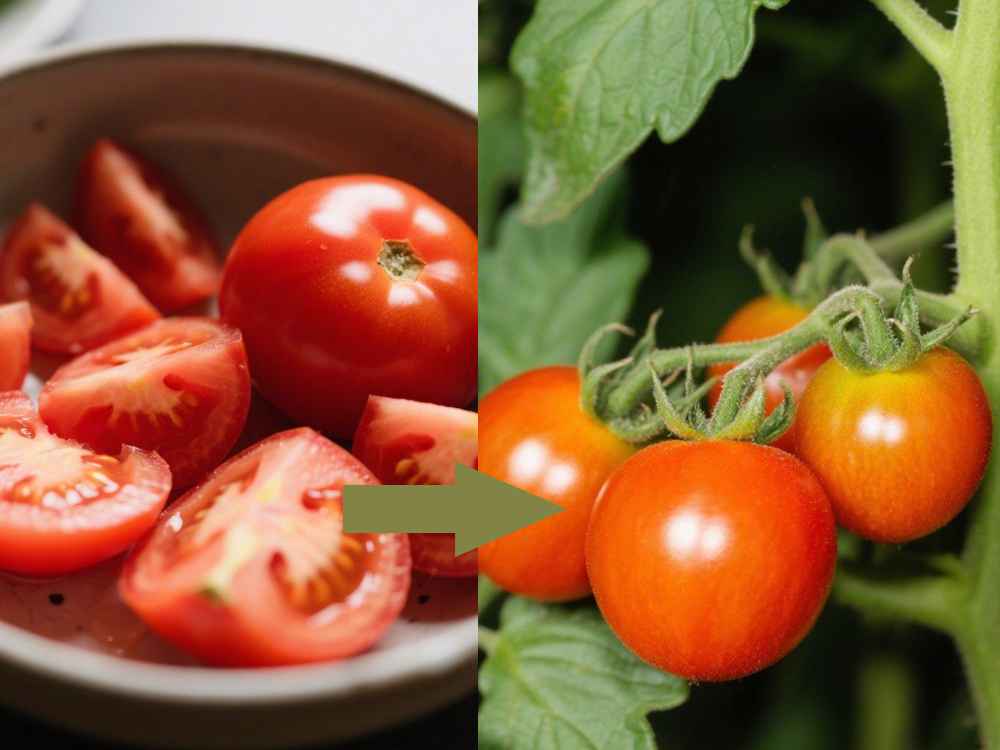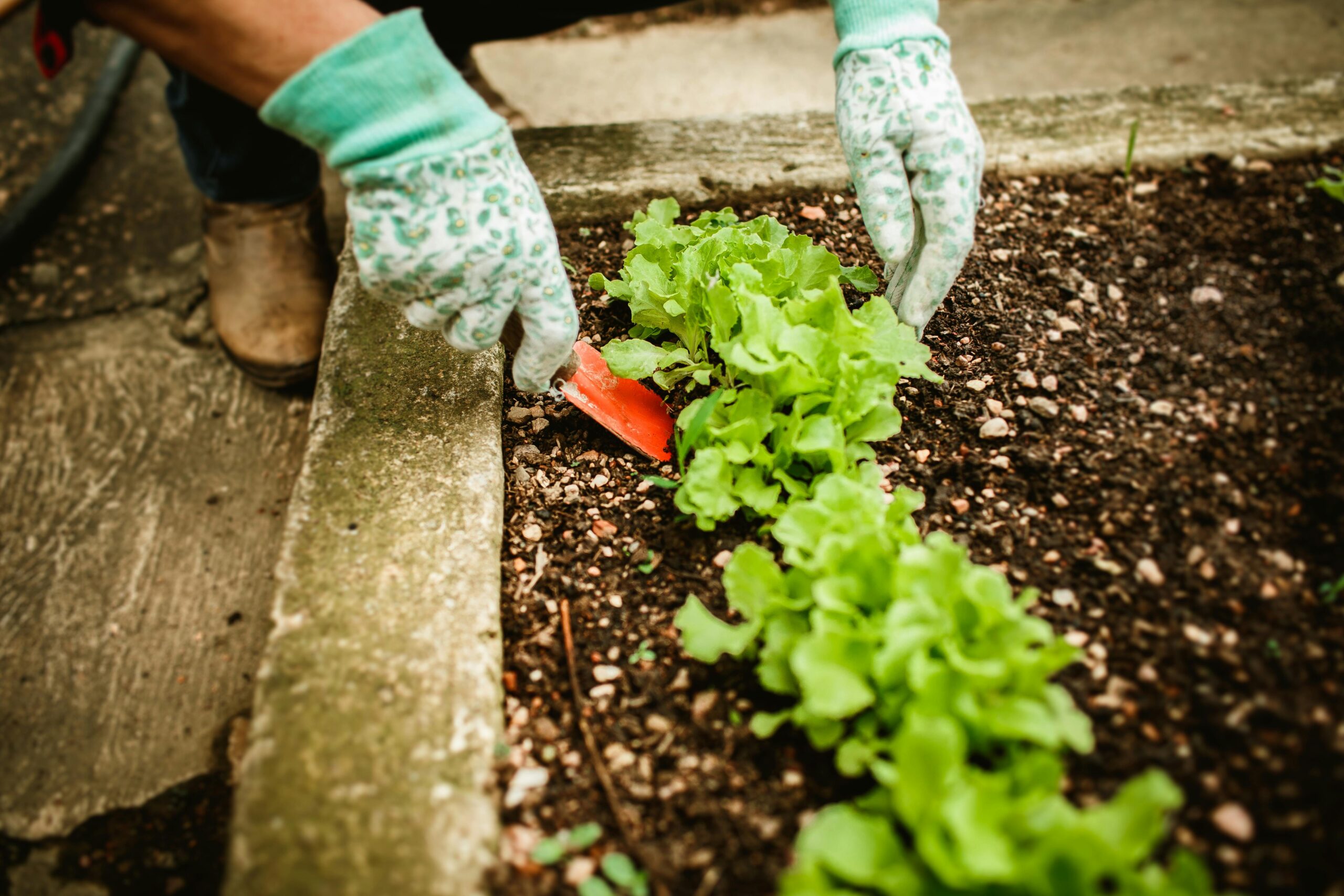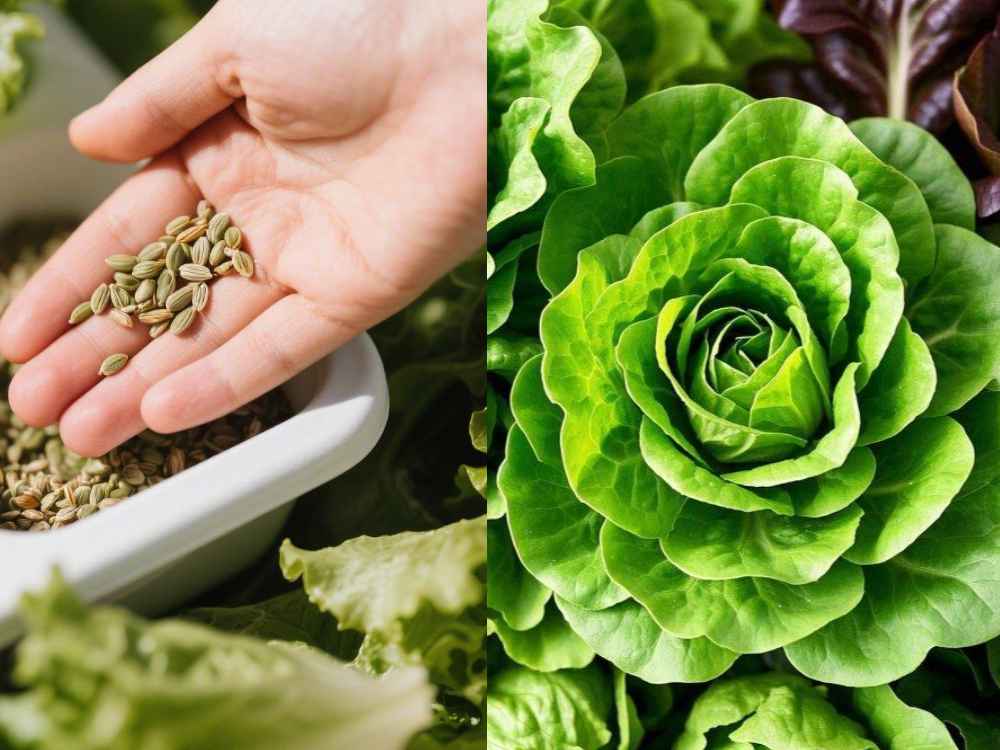Okay, real talk first, growing a loquat tree (also known as Japanese plum, nispero, or just plain ol’ loquat) from seed isn’t exactly the quickest way to get fruit.
In fact, if you’re expecting a juicy harvest soon, you might want to sit down, because it can take 6 to 8 years to bear fruit. Yep, that long!
But here’s the thing: if you’re not in it just for the fruit, and you’re someone who appreciates beauty in your garden, then loquat is totally worth it.
Why? Because even without fruit, this tree gives you so much more: those bold, shiny green leaves, the delicate white flowers that bloom in spring, and the fact that it stays lush and evergreen all year round.
It’s honestly a show-stopper.
Loquat trees love warm weather and can grow up to 20 to 30 feet tall. Imagine a full, evergreen tree outside your window, blooming in spring and maybe gifting you sweet golden loquats one day.
In only certain conditions, when you plant loquat seeds in the right way………..understanding each step of “How to plant Loquat seeds” carefully and effectively is worthwhile.
How to Plant Loquat Seeds: 5 Steps Explained
Best Time to Plant Loquat Seeds and Other Decisions
Before moving to planting Loquat seeds, you must know the right planting time and the best decision for indoor and outdoor Loquat sowing.
Unlike other fruit seeds, Loquat seeds don’t require cold stratification. Because the loquat fruit tree already prefers a warm and a little humid climate, the best place for seed germination differs for each zone.
Best Growing Place for the Loaut Plant
It only thrives best from USDA zones 8 to 11, so in 8a, indoor sowing is recommended to then transplant as frost passes. Living in zone 8a, don’t think about sowing loquat seeds outdoors, especially in the fall.
If you live in zones 8b to 11, you can directly sow Loquat seeds outdoors in early fall or late spring. Otherwise, if you want to see germination early, you can also start indoor sowing to give your loquat a cozy head start.
Container gardening
You can also grow loquat seeds in a large container (according to variety) for long-term growth. Whether indoors or outdoors, just keep the plant movable so you can protect it from harsh weather.
Harvesttable suggests using a container with 24 inches in width and depth, and also recommends repotting when the plant needs to be.
Materials Needed to Plant Loquat Seeds
| Material | Use |
|---|---|
| Fresh Loquat Seeds | Taken from ripe fruit; for planting. |
| Potting Mix | Light soil for good drainage and growth. |
| Small Pots, Seed Trays, or Large Container | Holds seeds and soil for sowing. |
| Watering Can or Spray Bottle | Waters seeds gently. |
5 Steps Explained to Plant Loquat Seeds
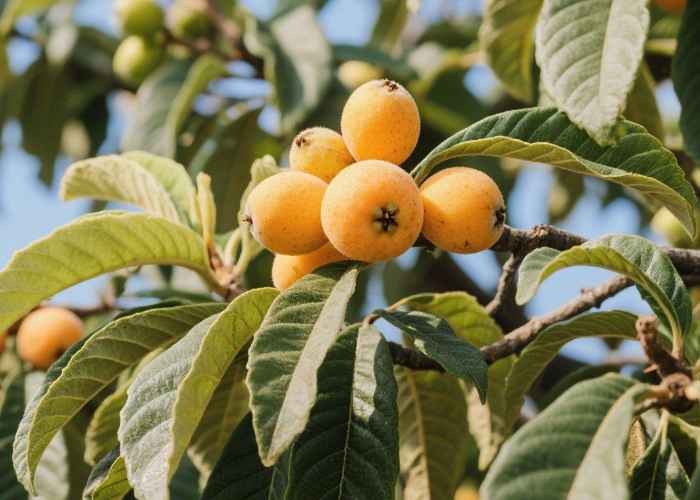
Step 1: Collect seeds from ripe loquat fruit
Whenever you eat laqoat, instead of tossing its seeds, give them a second life by preparing them to grow into your laqoat fruit tree.
It’s worthwhile to pick the loquat fruit you personally like, because if you enjoy loquat flavor now, chances are you will appreciate what grows from its seeds later.
But make sure the loquat you collect seeds from is healthy, bursting with that sweet, tangy flavor, and fully ripe. Remove seeds from the loquat (that may be 2 or 3 in number) using a knife.
Oh, and enjoying the loquat fruit while saving its seeds makes the process even more fun. Discard loquats that are small, dry, or misshapen, and keep only the round, heavy ones.
For even better loquat fruit production in the future, loquats benefit from cross-pollination. So if you’re planning ahead, you could start a second loquat tree from seed now, or simply add one from a nursery later when your first loquat tree is ready to fruit.
Step 2: Clean and prep the seeds
The second step in “how to plant loquat seeds” comes from preparing those seeds that you have removed from the loquat fruit. It would be beneficial to plant loquat seeds as soon as possible.
Stop! Before planning the same, gently wash the loquat seeds under running cold water to remove any leftover fruit pulp. From the rinsed loquat seeds, discard any that float in water and keep only the clean, full seeds that sink.
Some growers also soak loquat seeds for 24 hours; it isn’t a must, but it softens the seed coat.
Okay, for instance, if you want to wait for a while for any reason, place the seeds in a moist condition. For this, Gardening Know-How suggests wrapping laquot seeds in a damp paper towel.
This gardening source also says that loquat seeds can stay viable for up to six months when stored at 4°C in a breathable container with damp sawdust or moss.
Step 3: Prepare pots and soil
Like every plant, loquat also prefers light soil with good drainage. Potting soil or peat moss would be best for indoor sowing. On the other hand, if the outdoor garden soil is clay and heavy, add compost or coco coir.
Slightly acidic or saline soil both work for laurel tree, just you have to make sure that when watered, the soil becomes only moist, not too wet.
Seedling trays or Biodegradable pots are a good choice for indoor sowing. Direct ground sowing work in only milder areas where fall planting is possible.
However, planting loquat seeds in movable containers is the easiest and most tension-free method. The real point is to have proper drainage holes in pots or containers and good-quality soil.
Step 4: Sow the Loquat seeds
Keep the soil in your cup or pot evenly moist and clean. Make small holes simply with your finger according to laut seeds. Then, place the loquat seeds about 15 cm (6 inches) apart on the soil surface.
Cover the loquat seeds with a light layer of soil about 0.5–2.5 cm (5 mm to 1 inch) deep. If planting multiple loquat seeds in the same container, space them at least 5–15 cm (2–6 inches) apart so each plant has enough room to grow.
After planting, water the soil thoroughly so it’s evenly moist, but avoid waterlogging. It’s best to place the pot in a semi-shaded spot and keep the soil consistently slightly moist. Usually, loquat seeds begin to sprout in about 10–14 days.
Step 5: Transplant the Laqout seedlings
When loquat plants are about 2–3 feet tall and sturdy, they are ready to be transplanted into the ground. For transplanting loquat seedlings, dig a hole about 20 inches deep and wide.
If the hole is already filled with compact soil, loosen and remove it so the base is filled with loose, airy soil. Carefully remove the loquat seedlings from their pot and gently loosen the soil around their roots.
Place the loquat seedlings in the hole and backfill with soil, pressing it down gently to remove air pockets and ensure the roots make firm contact with the soil.
Other Tips to Follow in “How to Plant Loquat Seeds”
- Water immediately after transplanting loquat seedlings so the soil settles around the roots and any trapped air is released.
- To retain moisture and suppress weeds, spread a thick layer of mulch, such as grass clippings or dry straw, around the base of the plant.
- During the first few weeks, give extra water, especially in hot or dry weather, to help the plant establish well.
- Don’t forget the hardening off process before transplanting loquat seedlings. Here’s a complete method step-by-step…
Conclusion: Can YOU Really Grow a Loquat Tree From Its Seeds
Loquat indeed takes 6 to 10 years to bear fruit, still depending on various factors, such as care and maintenance, variety, and the right planting time. But trust me, it may be a rewarding journey to grow a loquat tree from its seeds.
First of all, you will see each stage with your own eyes, which truly connect you with nature. And the second thing is its leathery, bold green leaves that bring more attraction to your garden or indoor apartments.
Finally, the last but not least thing is that a seed-grown fruit tree becomes a companion of your climate, especially when seeds have already been taken from a survival variety.
So, learn all the steps of how to plant laquat seeds and get these benefits. Explore the growing methods of more fruit trees at GardenChains.
